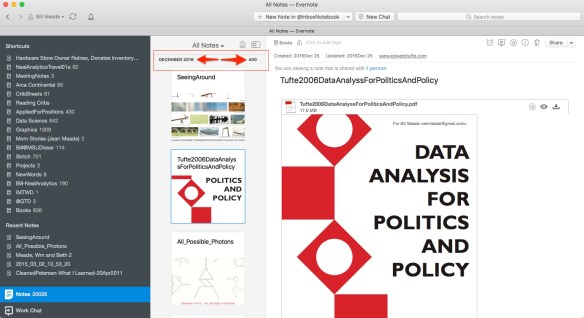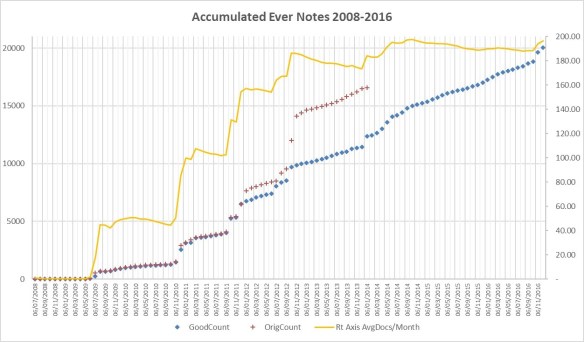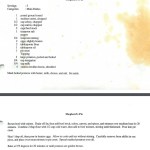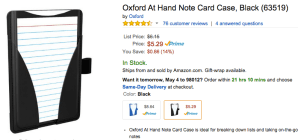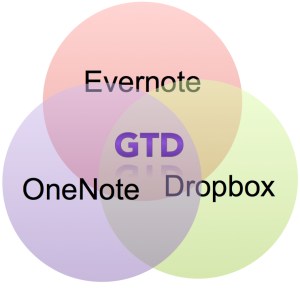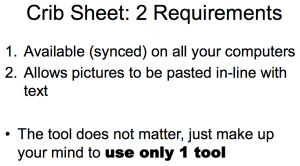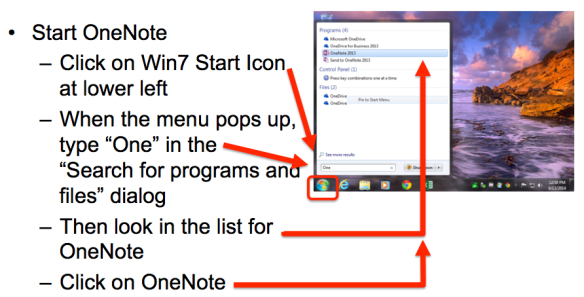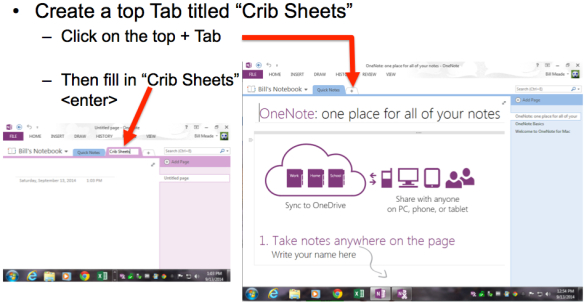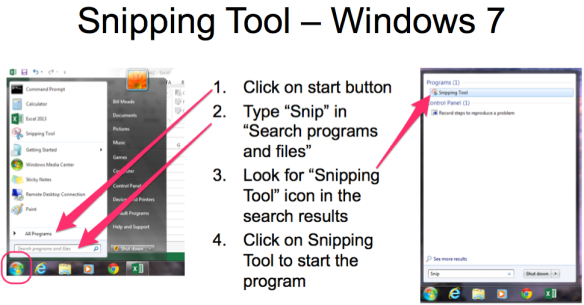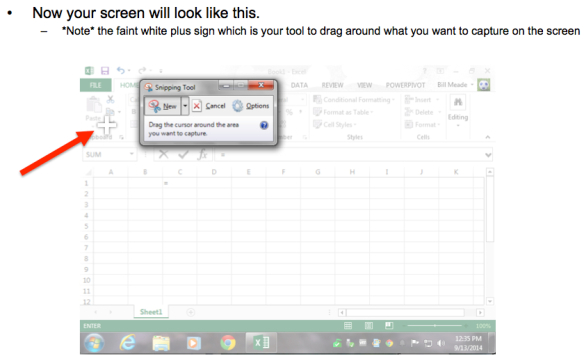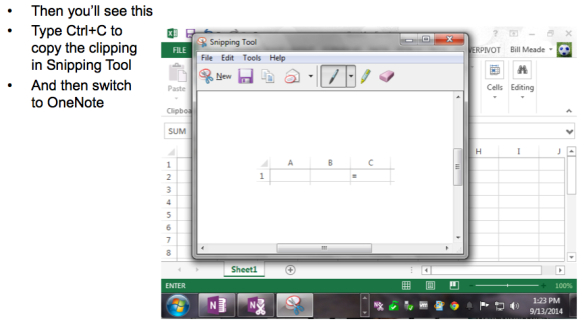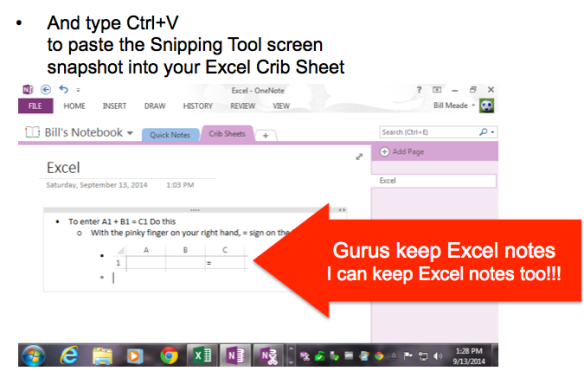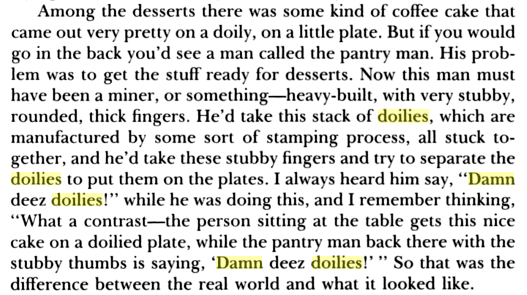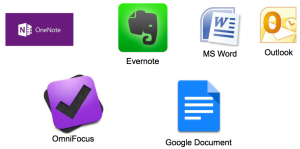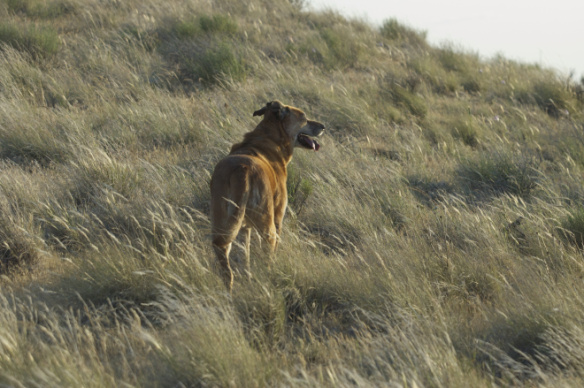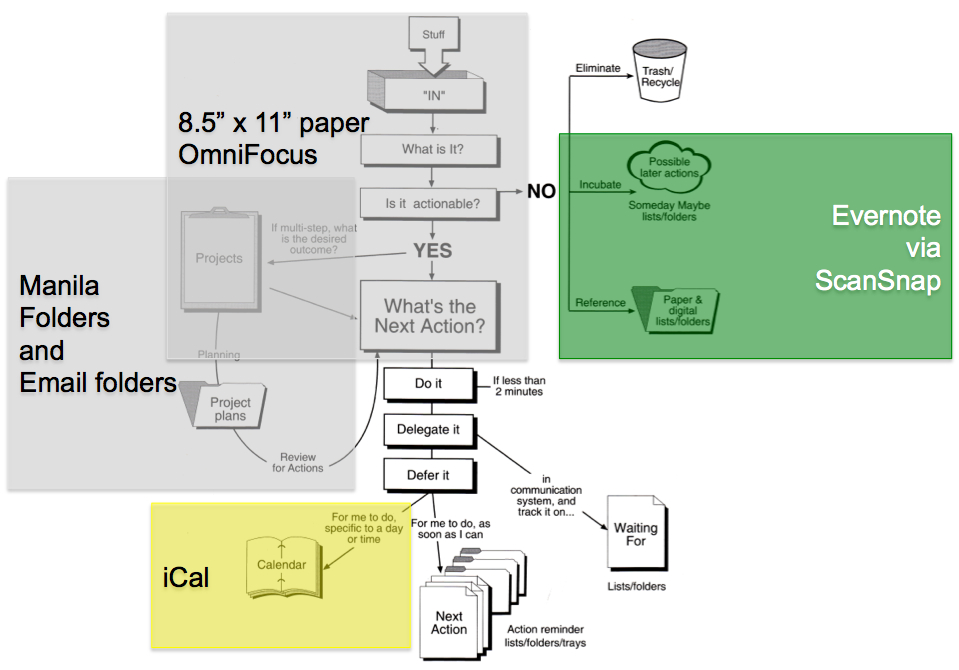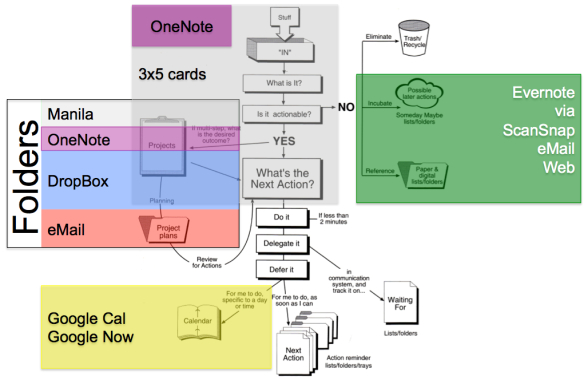Top 5 Causes of New-Job-Tunnel-Vision
- Meeting 30 people at once on the “first-day-tour-of-death”
What happens is that you get to see 30 people whose names you instantly forget, and immediately start feeling guilty for not knowing.
- Asking the new boss for a project list, before accepting the job
What happens is that you get a list of 10 projects that the boss wishes s/he had time to do. This is great except that what is left out is the time-to-come-up-to-speed on the company’s infrastructure. The projects won’t be do-able for at least two months. So they sit on your project list mocking you until you are no longer clueless. The new boss *hopes* you can do these. But, you won’t be able to do them.
What happens is that your boss-to-be won’t have time to read any of GTD, even if you buy him/her the Audible version of GTD. But, new-boss’s expectations of your performance will be amped up.
- Taking a job in a “guns-drawn” produce-or-die company
If you are joining a little company that is rapidly becoming a big company, you will be entering a “guns-drawn” environment. You can be optimally organized, but the organization has such intense needs for people it does not yet have, that you will be working constantly to bring definition to work that is inherently beyond the infrastructure of your employer.
Peter Drucker (Two must reads: Innovation and Entrepreneurship and Post Capitalist Society) articulated the essence of knowledge work as defining the work to be done. But, it is possible to work places where there is so much work to be defined, that one GTD person can not succeed on “normal” GTD terms. Be mindful of what you can do. GTD only allows you do maximize what you can do, not to do everything a rapidly growing company needs.
- Not managing self-expectations
As a GTD person, it is at time, easy to allow expectations creep to exceed your GTD work capacity. Every company will accept every hour you give them. And, demand obedience to a corporate culture. Mature GTD practice requires that you manage your own expectations about what can pragmatically be accomplished.
The hard part of this is is focused on your responses to every-day-emergencies that happen. In the course of accepting and processing incoming work, emergencies happen. The best part of GTD for me personally, is when I am being the greyhound running down the path, and when a rabbit (the emergency) crosses the path, turning on a dime and running down the emergency.
But, … when you have emergencies every day, you will fall behind accepting and processing your work. Your boss will not hold you accountable to getting all the work done. The boss wants the rabbits run down so s/he looks good. You have your weekly meeting, and the boss will focus on the latest rabbit. This is the GTD temptation tipping point. This is where your self-expectations can get out of whack.
Your job as a GTD person, is to accept and process your work. Then, to do the most important work. When you get to the point where you can’t process all the incoming work, say in OneNote (my new favorite work processing tool), you are no longer managing your self expectations.
What is Tunnel-Vision?
I had a tunnel-vision experience recently. I needed to send an email in Outlook to my boss. And I wrote the email, no big deal. But when it came time to send the email, the only send button I could see was “encrypt and send.” I said to myself “Self, where is the normal Outlook send button?” But I could not see it.
When your vision narrows, and you can’t see stuff on the computer screen plainly in front of your eyes. You are over-wrought. And when you are over-wrought. You are done for the day regardless of what time it is.
When your brain can’t process normal stuff in front of it. You need time away from the work, to subconsciously process. To finish getting your head around what you are trying to do. And what you need to do. Like a trotting horse that is driven too fast, when you start galloping, you slow down.
What to do about tunnel vision?
Pull your head out of the oven. The muffins are not going to get done faster by you watching them bake. Your body is keeping the oven door open!
- Take a bio break. Always acceptable.
- Take a walk. Preferably with a colleague who you can share your experience with.
- Go to the Apple store. For some reason, it is easier to get out of being in a feeding frenzy, by watching all the Apple fan bois in their feeding frenzy. Gives *perspective.*
- Take a laptop and go to a public place, and then log in and focus on processing work, not doing work. There is always something you can do processing work that is superior to working in a tunnel. Getting back on the GTD wagon is therapeutic.
What not to do about tunnel vision?
- Try harder. Sitting at your desk.
- Talk to the boss. Instinctively s/he wants you to be a uniform plastic person with an unlimited appetite for doing. Any words you say that threaten this stereotype can and will be held against you.
- Force things to happen.
Remember the game
New jobs seem like sprints. But they are marathons. Remember the marathon. Don’t burn yourself out early. Think “What would David Allen do?” and do that. Repeat. You can only do the best you can do. If you can’t silence fear in a new job. You need another new job. Life imposes limits, unless you manage your own limits. Reflect. Refactor your expectations. Manage your expectations.
bill

